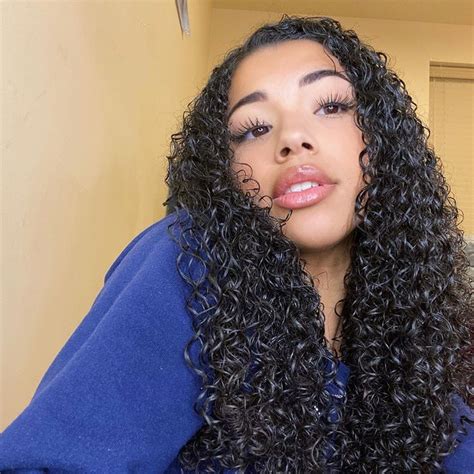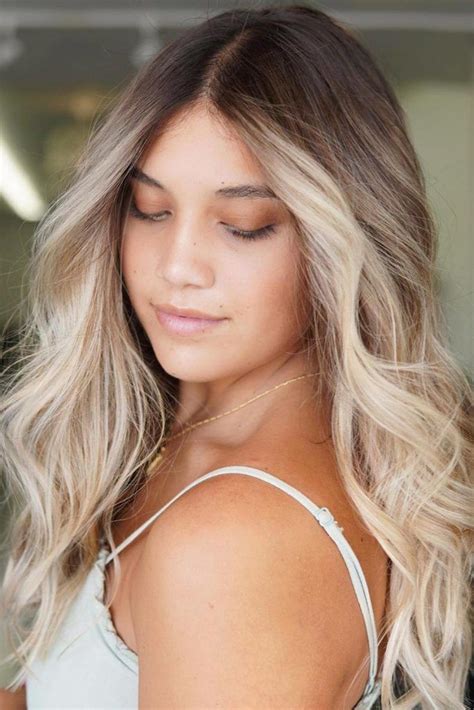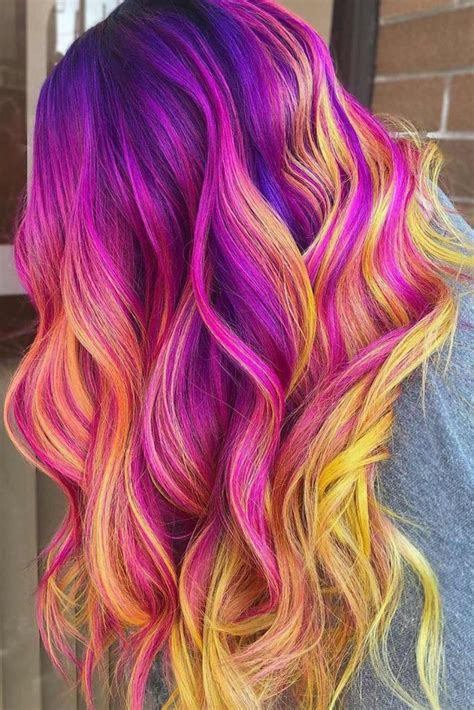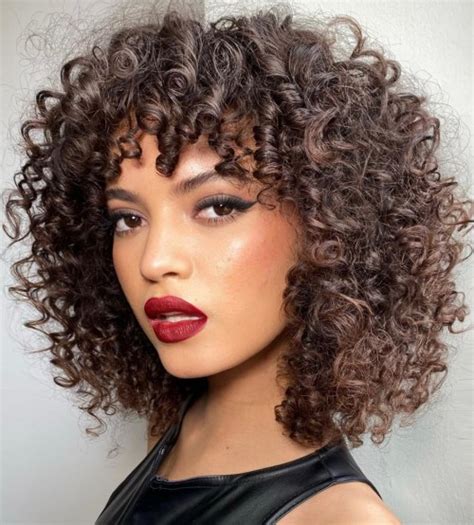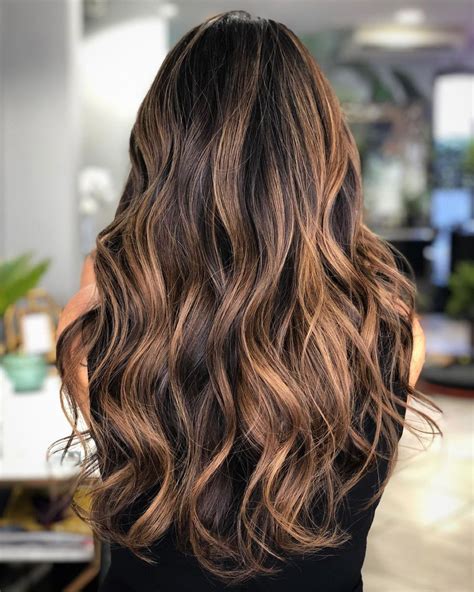Discover the best techniques for drying curly hair gently and efficiently, including plopping, diffusing, air-drying, and using satin scarves or bonnets. Say goodbye to frizz!
Microfiber towel for gentle drying
Contents
Using a microfiber towel for drying curly, wavy, or coily natural hair is a gentle and effective method that helps to minimize frizz and breakage. Unlike regular bath towels, which can be rough on delicate curls, microfiber towels are designed to absorb excess water from the hair without causing damage.
When drying your hair with a microfiber towel, it’s important to gently blot the hair rather than rubbing or twisting it, as this can cause tangles and disrupt the natural curl pattern. By gently squeezing the hair with the towel, you can remove moisture without causing unnecessary friction.
Another benefit of using a microfiber towel for drying natural hair is that it helps to reduce drying time, making it a convenient option for those with busy lifestyles. The absorbent fabric of the towel wicks away moisture quickly, allowing the hair to dry faster without the need for excessive heat or manipulation.
Overall, incorporating a microfiber towel into your hair care routine can help to maintain the health and appearance of your curls, waves, or coils. Its gentle drying method and quick absorption make it a valuable tool for anyone looking to minimize damage and achieve beautiful, defined hair.
Plopping technique for defined curls
For those with curly, wavy, or coily hair, finding the best way to dry wet hair without causing frizz or disrupting the curl pattern can be a challenge. One popular method for achieving defined curls is the plopping technique. This technique involves using a microfiber towel to gently wrap and set the hair in a way that encourages natural curl formation.
When using the plopping technique, it’s important to start with freshly washed and conditioned hair. After applying styling products, such as leave-in conditioner, curl cream, or gel, gently blot excess water from the hair using a microfiber towel. Avoid using a traditional towel, as the rough texture can cause frizz and disrupt the curl pattern.
Next, lay a microfiber towel on a flat surface and carefully lower your hair onto the towel, allowing it to pile on top of your head. Secure the towel around the hair, creating a plop, and leave it in place for around 15-30 minutes. This allows the curls to set and helps to minimize frizz, resulting in more defined curls once the hair is dry.
After removing the towel, allow your hair to air dry or use a diffuser on a low heat setting to finish drying while minimizing disruption to the curl pattern. Once dry, gently fluff the roots and scrunch the ends to enhance volume and shape.
Diffusing for volume and speed
When it comes to drying wet curly, wavy, or coily natural hair, diffusing is a popular method as it helps to add volume and speed up the drying process. Diffusing is a technique that involves using a blow dryer with a diffuser attachment to gently dry the hair without causing frizz or disrupting the natural curl pattern.
Using a diffuser attachment on a blow dryer helps to disperse the airflow more evenly, which can help to enhance the natural volume of the hair. This is especially beneficial for those with fine or low-density curls who want to add more body to their hair.
Additionally, diffusing can speed up the drying process, which is ideal for those who don’t have the time to air dry their hair. By using a diffuser, you can ensure that your curls are dried evenly and efficiently, without having to wait for hours for them to air dry.
It’s important to note that when diffusing the hair, it’s best to use a low-heat setting to avoid causing damage or frizz. It’s also recommended to use a heat protectant spray before diffusing to help protect the hair from heat damage.
Overall, diffusing is a great method for adding volume and speed to the drying process for those with curly, wavy, or coily natural hair. By using a diffuser attachment on a blow dryer and following the proper techniques, you can achieve beautifully dried curls without sacrificing volume or causing frizz.
Air-drying for minimal manipulation
One of the best ways to dry wet curly, wavy, or coily natural hair is through air-drying. This method involves allowing your hair to dry naturally without the use of any heat styling tools. Air-drying is a great option for those looking to minimize manipulation and reduce the risk of damage to their delicate curls.
When air-drying your hair, it’s important to minimize the amount of touching and handling of your curls. This means avoiding excessive scrunching, twisting, or tousling while your hair is drying. Instead, simply allow your hair to hang loosely and let the natural airflow do the work.
For those with curly hair, air-drying can help to enhance and define your natural curl pattern, as it allows your curls to set in their natural state without being disrupted by heat or styling tools. This can result in more defined and voluminous curls with minimal effort.
Air-drying is also a great option for those who want to avoid the potential damage that can come from using heat styling tools. By allowing your hair to dry naturally, you can help to maintain the overall health and integrity of your natural curls without subjecting them to excessive heat.
Using a satin scarf or bonnet overnight
When it comes to drying curly, wavy, or coily natural hair, one of the most popular methods is using a satin scarf or bonnet overnight. This technique involves wrapping the hair in a satin scarf or securing it with a satin bonnet before going to bed. The smooth texture of the satin helps to reduce friction and prevent moisture loss, which can help to maintain the hair’s natural oils and minimize frizz.
By using a satin scarf or bonnet overnight, you can also help to preserve your natural curl pattern and prevent tangles while you sleep. This can be especially beneficial for those with longer hair or looser curl patterns, as it can help to keep the hair from becoming matted or tangled during the night.
Additionally, using a satin scarf or bonnet can also help to protect the hair from damage caused by harsh pillowcases or bedding. The smooth surface of the satin reduces friction and prevents the hair from rubbing against abrasive materials, which can help to minimize breakage and split ends.
Overall, using a satin scarf or bonnet overnight can be a gentle and effective way to dry and protect curly, wavy, or coily natural hair. By reducing friction, preserving the natural curl pattern, and protecting the hair from damage, this method can help to keep the hair looking and feeling healthy and vibrant.

